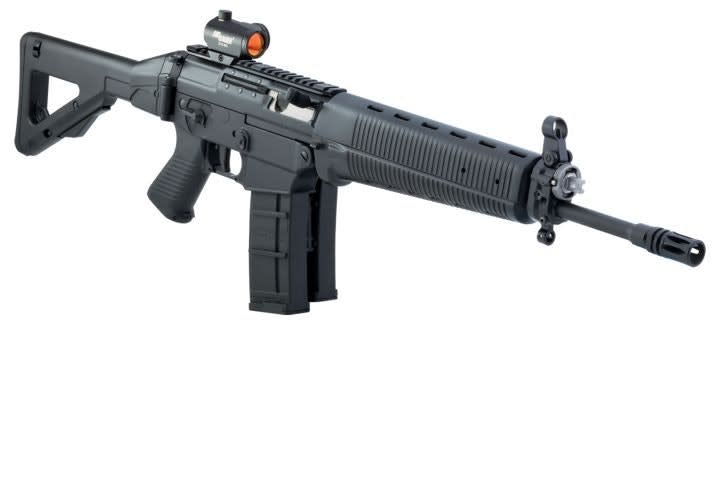Thirty years later, we are finally starting to even the odds. The 7.62x39 makes perfect sense, because it bridges the gap between the far more expensive .223 and .308 chambering. At approximately $5 per box of 20 rounds, that's 25 cents a round and probably 12-18 cents, if purchased in bulk. This price point will enable officers to practice far more than they normally do. Lower price is a great motivator toward more practice.
I have seen it with hundreds of my students. In today's economy, it is sometimes the difference between practicing and not, considering the .223 is twice the price and the .308 is three times the price. The Russians and the Chinese are pumping out the 7.62x39 by the multi-millions. The AK-47 is by far the most widely used rifle platform in human history and continues to be used by over 75 nations to this day. Ammo is plentiful and abundant.
My first introduction to a centerfire rifle was a $65 Chinese SKS with a beat-up wood stock. Price point and availability were the main reasons. Most young shooters are introduced to a .22 rimfire rifle first, and to a cheap centerfire second. I suspect at least two-thirds of the people reading this have owned or currently own an SKS or AK-47 clone.
Having pointed out the positives of the 7.62x39, we must also look at the negatives. When this cartridge was developed, Communist Bloc doctrine after World War II was to take the enemy out of the fight rather than land a precision shot. There were no SWAT units, and any hit that took the enemy out of the fight was a good hit. Precision was secondary.
The 7.62x39 was not developed for sniper work. Longer cartridges such as the Soviet 7.62x54 were developed for precision work and mimic our 30.06 and .308. The 7.62x39 is a relatively short cartridge case, but packs an effective punch.













